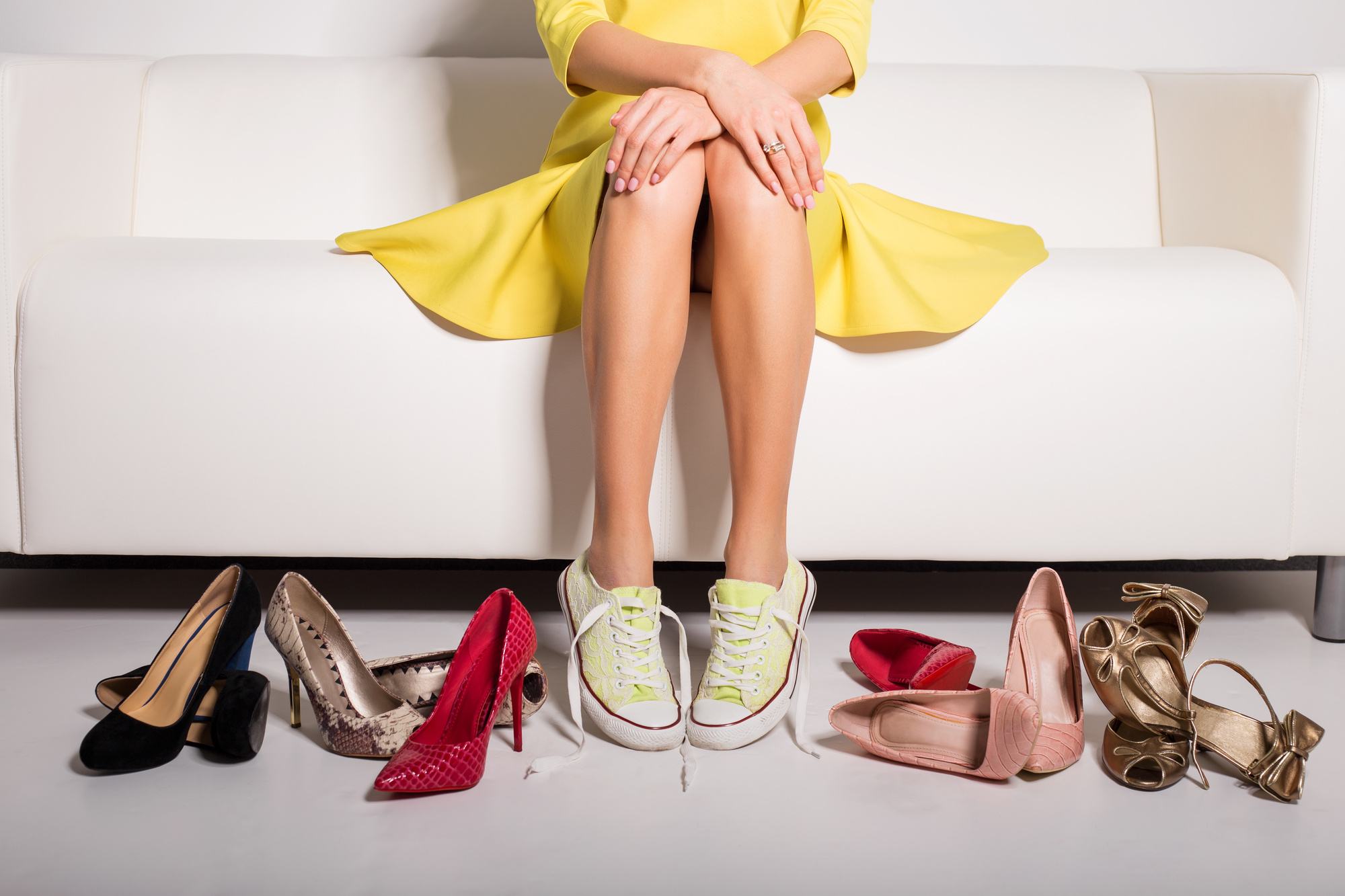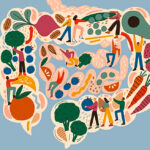What is the first thing people notice about you? Maybe you have stellar eyes or a bright shining smile. But one thing we can never get past is fashion.
Fashion represents our personalities in so many ways! We’ve all had that frustrating cry of “I have nothing to wear!” Then we turn back to closets full of clothes.
The real issue is that we often get lost when it comes to creating outfits. A great place to start and an important aspect of fashion are color-coordinated outfits. This guide is here to show you how to look like you have a personal stylist. Keep reading to learn more.
The Color Wheel
To understand how to color coordinate, we’re taking a trip back to basic art class. Sir Issac Newton invented this beautiful circle of colors called the Color Wheel. It’s been found that certain patterns on this wheel create symmetry and pleasure in our minds.
Primary Colors
There are 3 primary colors. Every single color on the color wheel can be created by mixing these in different variations.
The 3 primary colors include red, blue, and yellow. No other colors can be mixed to create the primary colors.
Secondary Colors
These colors are the babies of the primary colors. They are green, orange, and purple. For example, if you mix blue and red in equal parts you will get purple.
Tertiary Colors
Tertiary colors happen when primary and secondary colors are mixed. These include yellow/green, yellow/orange, blue/green, blue/purple, red/purple, and red/orange.
Temperatures
There are two tones to the color wheel and every color is classified as one. A warm hue consists of colors red to yellow. Cool hues are colors green through violet.
Now, let’s explore the middle of the wheel. Here you’ll find neutral colors like white, black, grey, and brown.
Creating Color-Coordinated Outfits
Using the color wheel, there are certain tips and tricks to use that help us create with color coordination. When visiting your favorite shops online, check out the new arrivals page to get an overview of what the color palette is for their launch.
Complementary Colors
These colors are on the opposite side of the color wheel. For example, blue is directly across from orange, making them complementary colors.
A trick from the professionals is to pick two complementary colors and then take one slightly darker. In this example, you would pick orange and then take the blue slightly more into the navy blue. This helps create variety while remaining pleasing to the eye.
Analogous Colors
Also known as dominance harmony, these colors are continuous shades. Similar to a monochromatic look, these are shades of the same color. An example would be yellow/orange, orange, red/orange, and red.
Triadic Colors
The triadic colors lie in the points of a triangle if one was over the color wheel. These color-coordinated outfits will likely turn out very vibrant but that’s what makes them fun.
Yellow/orange, blue/green, and red/purple are a sample of triadic colors.
Neutrals
Neutrals are all the rage right now, just look at the Kardashians. It’s okay to play it safe if that’s what you’re into. All kinds of colors coordinate with grey.
A trick to remember is keeping one of the neutrals cooler and one warmer for some depth. Keep everything else neutral.
Go Out in Style
Planning outfits can be overwhelming especially when it comes to important events. You’re one step closer to creating the best color-coordinated outfits!
Did you find this article helpful? Be sure to check out our other great content from our lifestyle guide!




